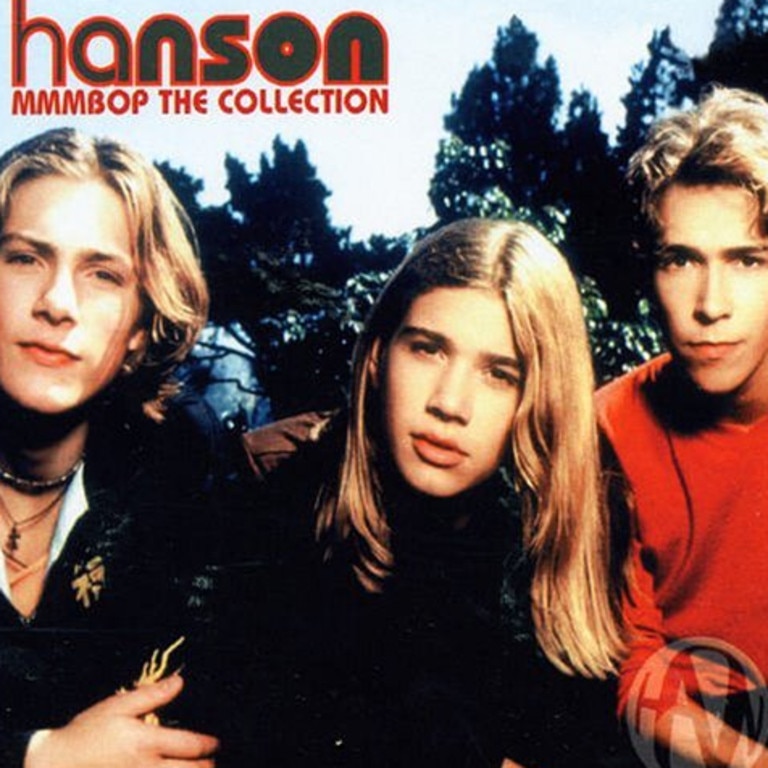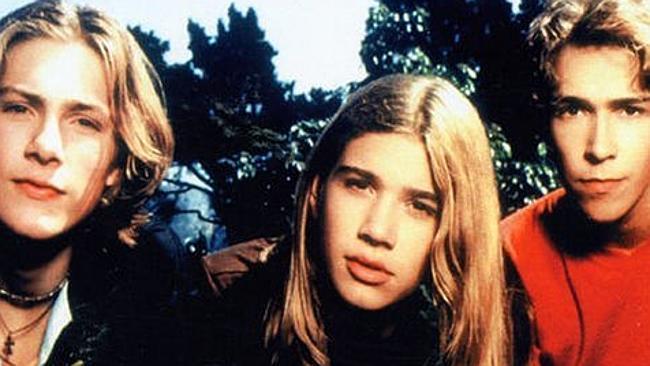There’s a scientific reason why songs get stuck in your head
Why do songs get stuck in your head and how do you get them out?

READING LEVEL: GREEN
What do the songs Baby Shark*, MMMBop*, Party in the USA* and Barbie Girl* have in common? They all get stuck in our head and according to new research by the University of NSW’s Professor Emery Schubert, there is a scientific reason for this.
The phenomenon* of having a song stuck (or in this case wriggling around) in your head is known as an ‘earworm.”*
Mr Schubert says the experience is quite common with some research suggesting that 98 per cent of us have experienced an earworm – or involuntary musical imagery (INMI*), as it’s known in music terms.

And while past research into determining the cause has explored tempos, melodies and pitches of the music, Mr Schubert has put forward a different explanation as to why songs like Baby Shark get stuck in our heads.
“It appears there’s an essential characteristic* necessary for a song to roll out the earworms – the music itself must have some repetition* in it,” Mr Schubert says.
According to Mr Shubert, while it is the chorus that has been the most reported part of a song to become an earworm (because they are inherently the section of a song that is repeated the most), they may not be the only element of a track that we can blame.
“Earworms might not have anything to do with the musical features* at all … It largely doesn’t matter what the music is, as long as repetition is part of the music structure,” he says.
The other parts of this earworm equation are the conditions in which we listen to the song, including recency* and familiarity* with the music.
But the key to getting that earworm really stuck in our heads is what Mr Schubert calls a low-attentional state*: otherwise known as daydreaming.

“It’s sometimes referred to as mind wandering*, which is a state of relaxation. In other words, if you’re deeply engaged with the environment you are in, really concentrating on a task, then you won’t get an earworm,” Mr Schubert says.
“Inside your relaxed mind, you don’t have to follow the exact structure of the music. Your mind is free to wander wherever it likes, and the easiest place to go is the repeated fragment* and to simply repeat it.”

Other than being annoying, are there any cons to having an earworm? Mr Schubert doesn’t think so.
“It’s a bit of a misconception* that they’re a problem,” he says. “We’re starting to see more research suggesting many find getting an earworm to be quite pleasant and it is not an issue that needs solving.”
However, when the song stuck in your head is not one you like, this can of course present an issue.
“The earworm doesn’t care about enjoyment; it cares about how familiar the music is, how recently something similar was heard, and whether the music contains repetition,” Mr Schubert says.

The good news is, there are some ways you can combat it.
“You may be able to wrap up an earworm by either finishing off the music, consciously* thinking of another piece of music, or by removing yourself from the triggers*, such as words or memories that relate to the music or lyrics,” Mr Schubert says.
He also says there has been some research that suggests chewing gum can help because it activates the same parts of the vocal mechanism* used for singing, which distracts* the earworm.

GLOSSARY
- Baby Shark: a children’s song that has gone viral due to how catchy it is
- MMMBop: released in 1997, this song by Hanson is still the band’s most successful single to date topping the charts all over world
- Party in the USA: this song by Miley Cyrus has reached one billion streams on Spotify
- Barbie Girl: Aqua’s smash hit topped the charts worldwide in ‘90s and remains one of the best-selling singles of all time
- phenomenon: a remarkable person or thing or event
- earworm: when a song gets stuck in your head and keeps repeating itself involuntarily
- involuntary musical imagery (INMI): another term for earworm, which refers to the experience of having a song stuck in your head
- characteristic: a quality belonging typically to a person, place, or thing and serving to identify them
- repetition: when something is repeated or repeated patterns are present in music
- musical features: different aspects of music such as tempos, melodies, and pitches
- recency: how recently you have heard or been exposed to a particular song
- familiarity: how well you know a song or how familiar it is to you
- low-attentional state: a relaxed state of mind or daydreaming where you are not fully focused on your surroundings
- fragment: a small part broken off or separated from something
- misconception: a view or opinion that is incorrect because based on faulty thinking or understanding
- mind wandering: when your thoughts drift away from the present moment and you start thinking about different things
- consciously: in a way that shows that you are aware of something or noticing something
- triggers: words or memories that remind you of a particular song or its lyrics
- vocal mechanism: the parts of your throat and mouth involved in producing sound, such as when you sing
- distracts: when something diverts your attention or takes your focus away from something else
EXTRA READING
New Wiggles song to help world’s poorest children
Whale wailing a sign of loneliness
Singing sisters set world record
QUICK QUIZ
- What is the term used to describe the phenomenon of having a song stuck in your head?
- According to Professor Emery Schubert’s research, what is the essential characteristic a song must have to become an earworm?
- Besides the chorus, what other elements of a song can contribute to becoming an earworm?
- Why does ‘daydreaming’ increase your the chances of getting an earworm?
- How can you combat an earworm according to Mr Schubert?
LISTEN TO THIS STORY
CLASSROOM ACTIVITIES
1. Make an Earworm
Can you create a beat or rhythm with words that could be catchy enough to make an earworm? Read the story to find out what makes an earworm. Write the words and share the beat with a partner or your class.
Time: allow 25 minutes to complete this activity
Curriculum Links: English, Music
2. Extension
Create an exciting new action character or figure based on an earworm. Make your new character the focus of a short story or storyboard for an animation. Use information from the story and your imagination!
Time: Allow 60 minutes for this activity
Curriculum Links: English, Science, Visual Communication Design
VCOP ACTIVITY
Read this!
A headline on an article – or a title on your text – should capture the attention of the audience, telling them to read this now. So choosing the perfect words for a headline or title is very important.
Create three new headlines for the events that took place in this article. Remember, what you write and how you write it will set the pace for the whole text, so make sure it matches.
Read out your headlines to a partner and discuss what the article will be about based on the headline you created. Discuss the tone and mood you set in just your few, short words. Does it do the article justice? Will it capture the audience’s attention the way you hoped? Would you want to read more?
Consider how a headline or title is similar to using short, sharp sentences throughout your text. They can be just as important as complex ones. Go through the last text you wrote and highlight any short, sharp sentences that capture the audience.


